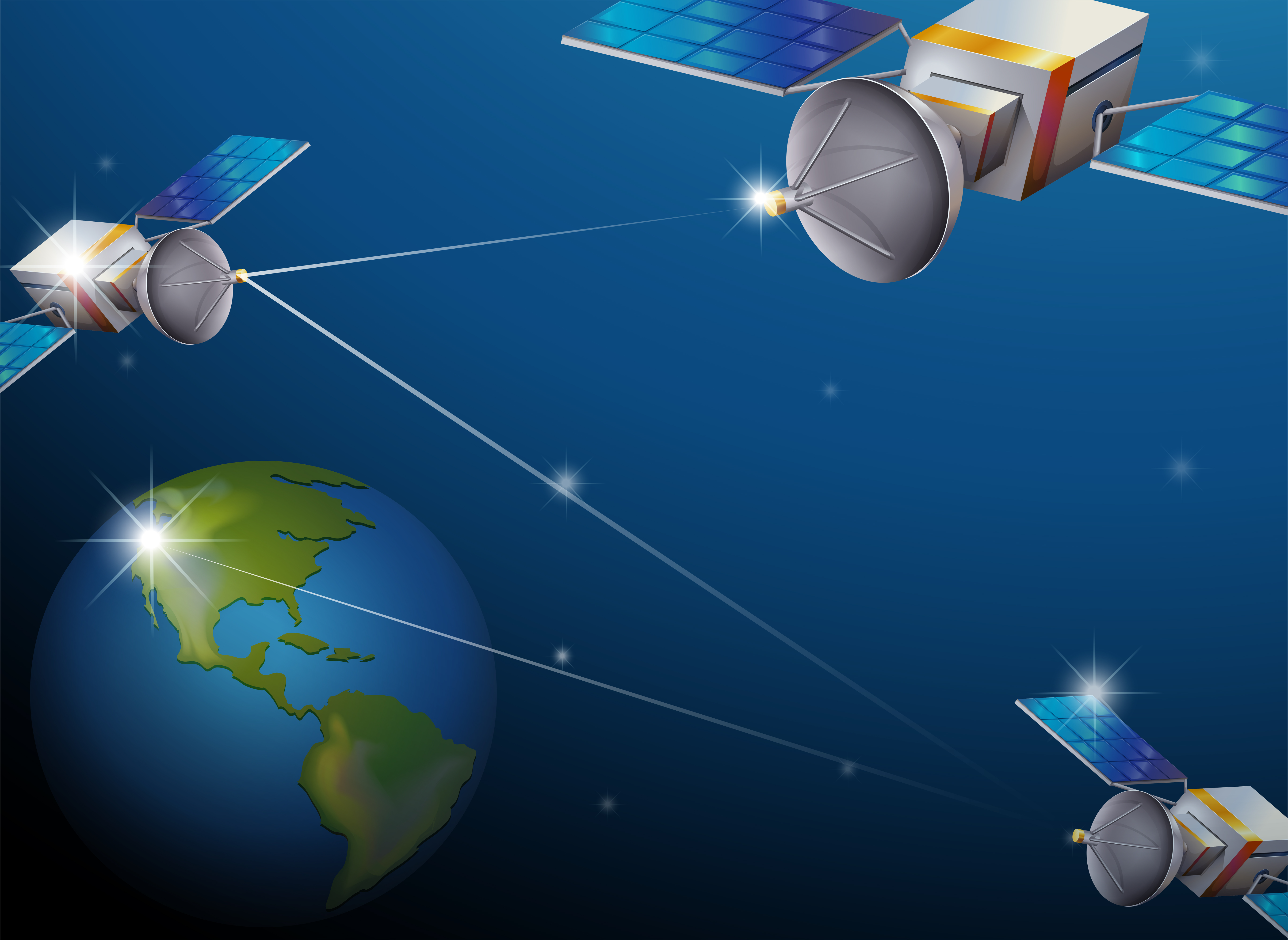The Role of Satellites in Anti-Drone Jamming
Drones have become an essential part of modern technology, used for surveillance, logistics, military operations, and even recreational purposes. However, their rapid advancement has also led to security concerns, especially regarding unauthorized drone activity. To counter these threats, anti-drone jamming technologies have evolved, and satellites are now playing a crucial role in this defense mechanism.
How Satellites Enhance Anti-Drone Jamming
Wide-Area Coverage and Global Monitoring
One of the biggest challenges in anti-drone defense is the limited range of traditional jamming systems. Ground-based jammers can only operate within a restricted radius, making it difficult to control drones over vast areas. Satellites, however, provide global coverage, allowing real-time detection and neutralization of rogue drones across international borders, military zones, and critical infrastructure sites.
GPS Spoofing and Disruption
Most commercial and military drones rely on GPS for navigation. Satellites can play a key role in GPS spoofing—sending false signals to misguide unauthorized drones. This method forces drones to either land, return to their point of origin, or veer off course. By leveraging satellite networks, authorities can create large-scale GPS denial zones, making it nearly impossible for hostile drones to navigate effectively.
Real-Time Drone Detection and Tracking
Satellites equipped with advanced imaging and signal detection technologies can help track drone movements in real time. Using infrared, radar, and RF signal monitoring, satellites can identify unauthorized drones even in remote or high-risk areas where ground-based detection systems may be ineffective. This continuous surveillance enables quick response measures before a threat escalates.
Electromagnetic Jamming from Space
Satellite-based jammers can disrupt communication links between drones and their operators. By transmitting high-frequency electromagnetic signals, these systems interfere with drone control channels, rendering them unresponsive. Unlike ground-based jamming, satellite-based solutions can cover a broader area, ensuring that drones do not simply fly out of range to evade countermeasures.
Key Applications of Satellite-Based Anti-Drone Jamming
Military and Defense Operations
Governments and defense agencies use satellite-based jamming to protect military bases, operations, and border security. By integrating satellite surveillance with AI-driven threat analysis, armed forces can predict and neutralize potential drone threats in high-risk zones.
Securing Airspace and Airports
Unauthorized drones pose a serious risk to commercial and military aircraft. Satellites help monitor no-fly zones and enforce drone restrictions near airports, preventing possible collisions and security breaches. Satellite-enabled jamming systems ensure that airspace remains safe from drone-related disruptions.
Protecting Critical Infrastructure
Power plants, oil refineries, government buildings, and communication towers are prime targets for malicious drone activities. Satellites offer a proactive defense by detecting, tracking, and disrupting drone activities before they reach critical zones.
Border and Maritime Security
Smugglers and criminals increasingly use drones for illicit activities such as drug trafficking, espionage, and illegal surveillance. Satellites help track drones over vast ocean territories and land borders, ensuring that unauthorized aerial activities are swiftly neutralized.
Challenges and Future of Satellite-Based Jamming
While satellite-based anti-drone jamming presents significant advantages, it also comes with challenges. Jamming signals must be carefully controlled to prevent interference with civilian and military communication systems. Additionally, sophisticated drone operators are developing countermeasures against jamming, requiring constant advancements in satellite technology.
The future of satellite-based anti-drone defense is likely to incorporate AI-driven analysis, machine learning for threat prediction, and laser-based satellite jamming to neutralize drones with pinpoint accuracy. As drones become smarter, satellite-driven countermeasures will need to evolve continuously to maintain security superiority.
Conclusion
Satellites are revolutionizing anti-drone jamming by offering wide-area coverage, advanced detection, GPS disruption, and remote jamming capabilities. Their integration into defense strategies ensures enhanced security for military, commercial, and government operations. As drone threats continue to rise, satellite-based solutions will play an increasingly vital role in maintaining airspace integrity and global security.
.png)






Leave a Comment
Your email address will not be published. Required fields are marked *